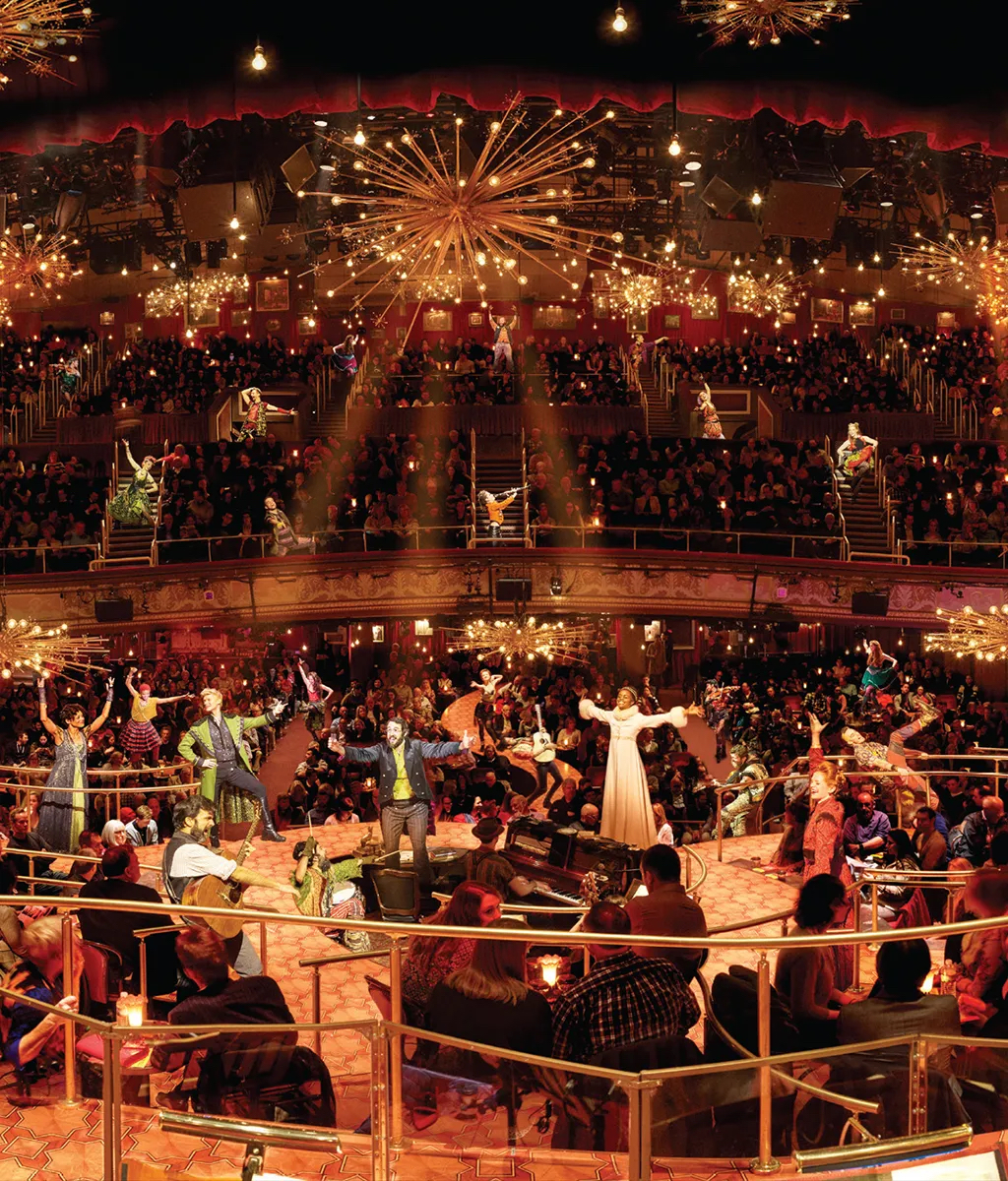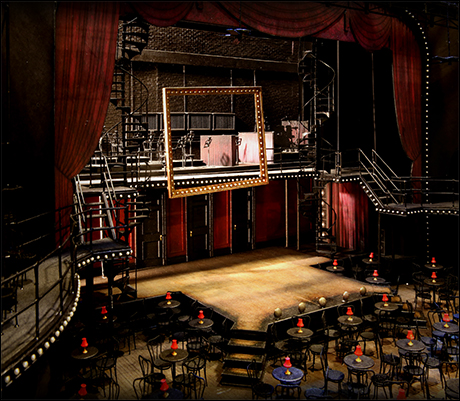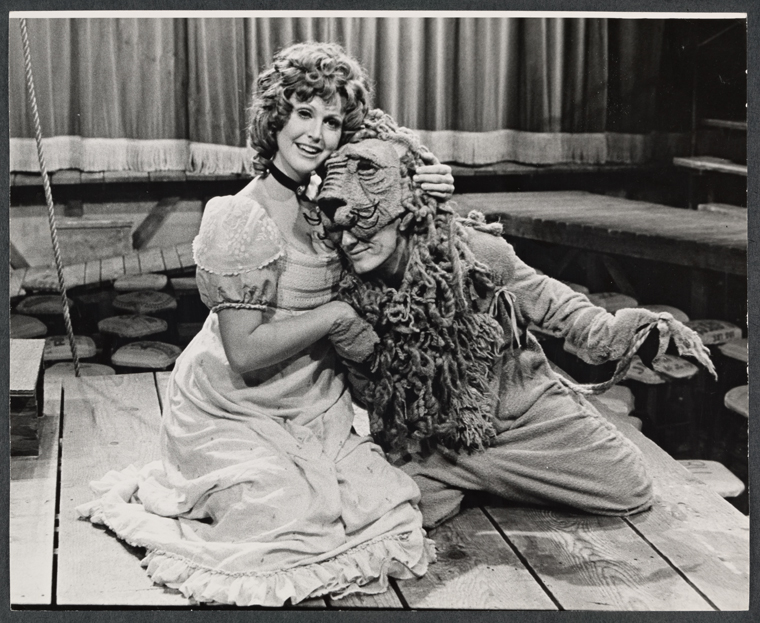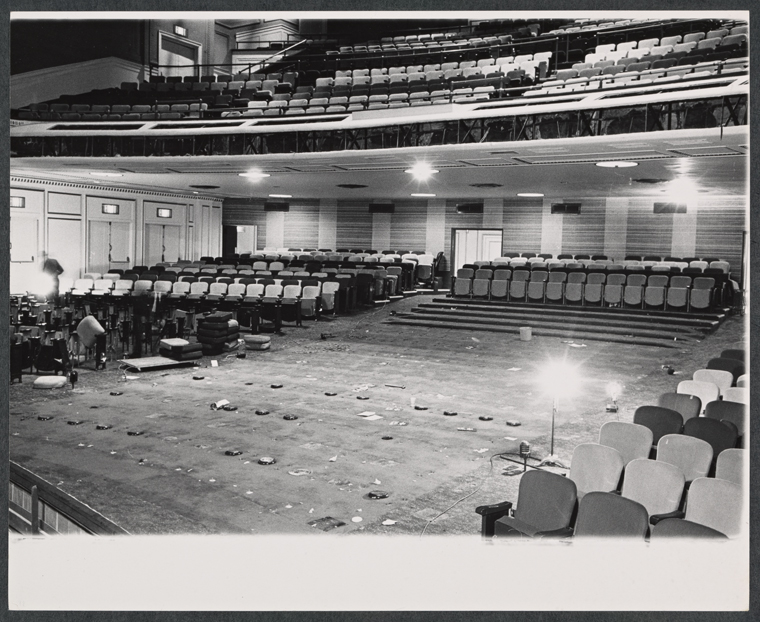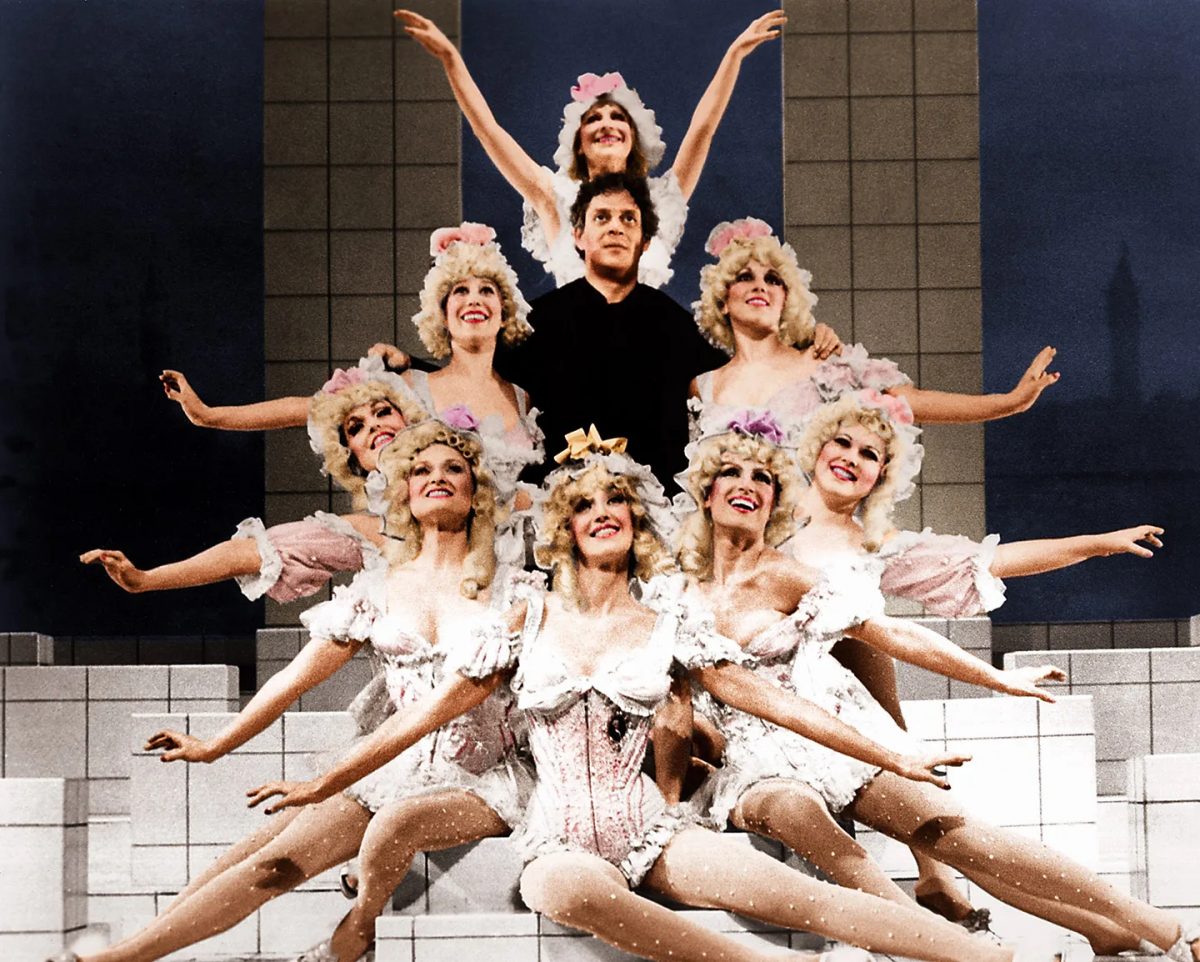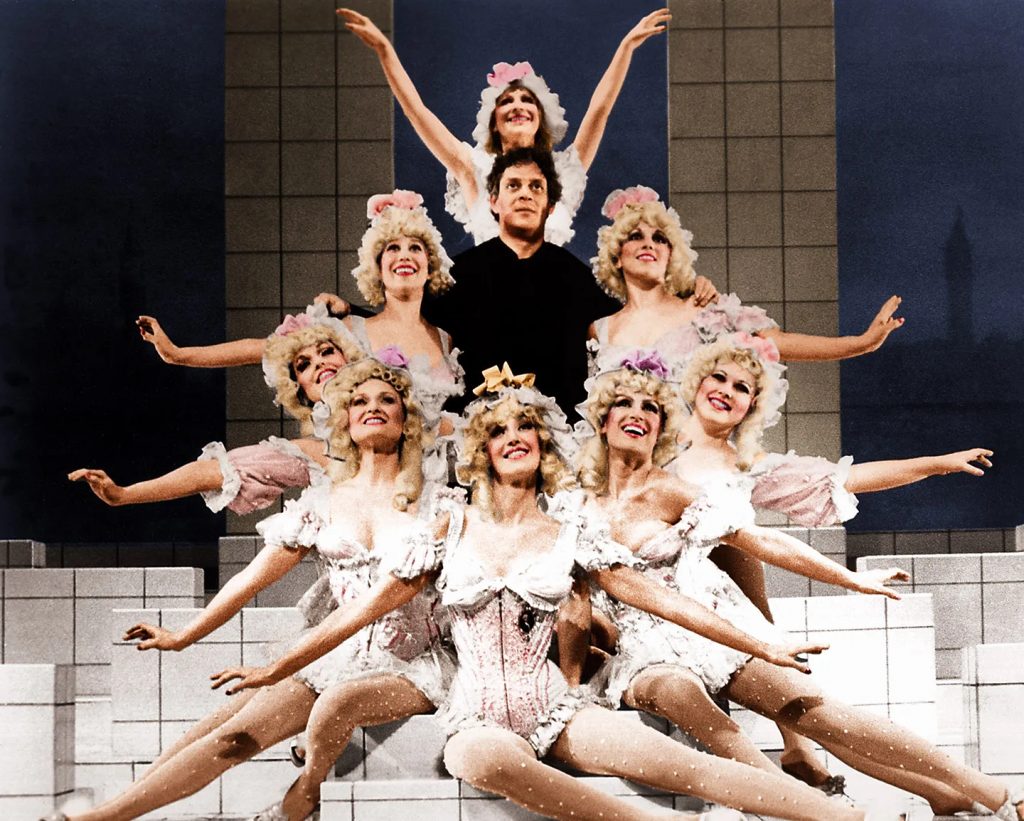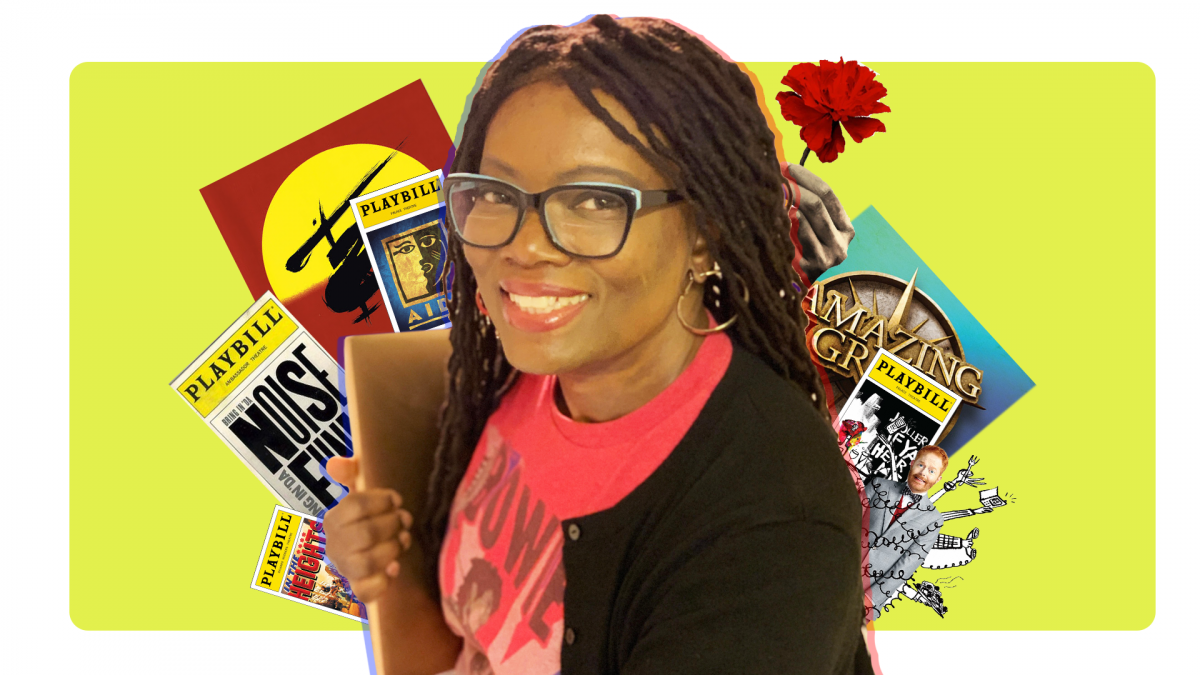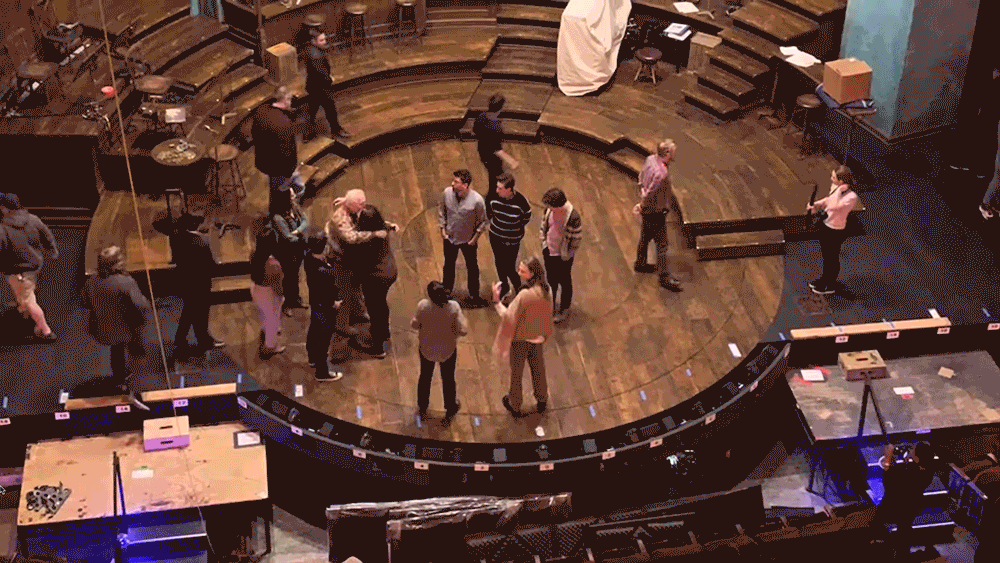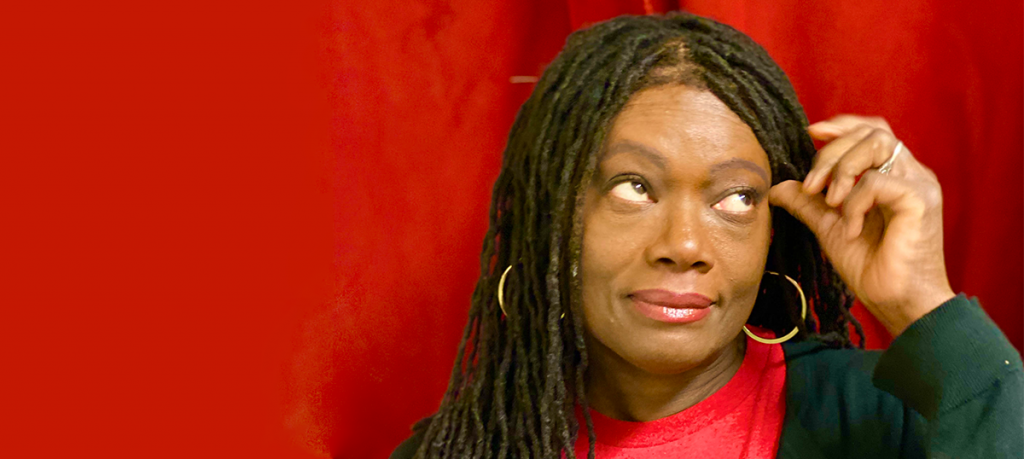It is an absolutely packed spring ahead on Broadway, with 18 new plays and musicals set to open in March and April ahead of the cutoff date for this year’s Tony Awards!
Here is Broadway’s best guide to all the first previews, opening nights, and closing nights in the near term:
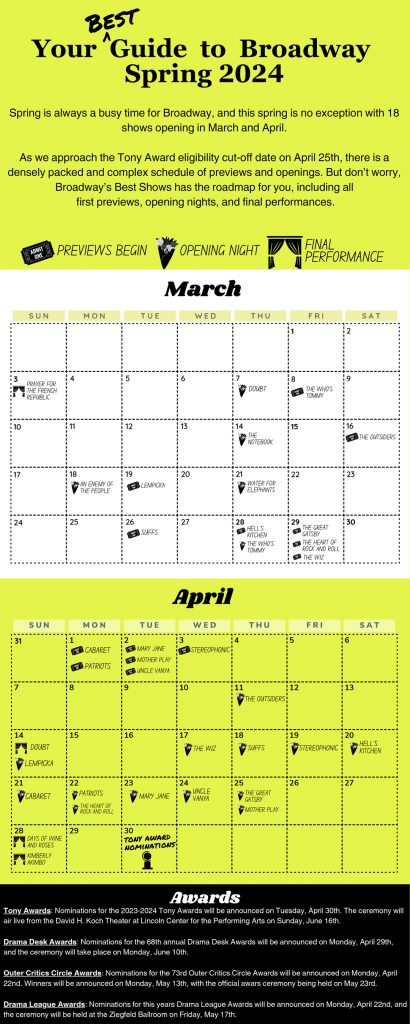
Water for Elephants
Where: Imperial Theatre
Opening: March 21
This circus-centric musical, based on the best-selling novel, combines emotional highs and lows of musical theater with the literal highs and lows of trapeze and aerial stunts. Starring Grant Gustin and Isabella McCalla, with direction by Jessica Stone and music by PigPen Theatre Co. For more information, click here.
The Who’s Tommy
Where: Nederlander Theatre
Opening: March 28
The rock opera that changed music history. The Who’s Tommy arrives on Broadway, pushing the boundaries of musical theater to the tunes of ‘Pinball Wizard,’ ‘Amazing Journey,’ and more iconic classic rock. For more information, click here.
The Outsiders
Where: Bernard B. Jacobs Theatre
Opening: April 11
The all-American tale comes to the stage. Set in 1967 Tulsa, this thrilling musical portrays the battle between the Greasers and the affluent Socs. A story of friendship, family, and self-discovery, with a Roots Rock-infused score by Jamestown Revival. For more information, click here.
Lempicka
Where: Longacre Theatre
Opening: April 14
A sweeping musical portrait of Polish artist Tamara de Lempicka, who changed art and culture forever. Directed by Tony winner Rachel Chavkin and starring Eden Espinosa as the title artist. For more information, click here.
The Wiz
Where: Marquis Theatre
Opening: April 17
A reimagined version of the beloved musical, following Dorothy’s journey through Oz. Soulful music, vibrant characters, and a fresh twist on a classic tale starring Wayne Brady and Nichelle Lewis. For more information, click here.
Suffs
Where: Music Box Theatre
Opening: April 18
A captivating exploration of the women’s suffrage movement, set against a backdrop of courage and determination. Written by and starring Shaina Taub, this historical retelling is transferring to Broadway following its sold-out run at Off-Broadway’s Public Theater (sounds familiar…). For more information, click here.
Stereophonic
Where: John Golden Theatre
Opening: April 19
Closing: July 7
Blending song and story in a totally new way, Stereophonic by David Adjmi chronicles the making of our central band’s new album. Very Fleetwood Mac/Daisy Jones & The Six-coded, the play is every music lover’s dream. A limited engagement, so catch it while you can! For more information, click here.
Hell’s Kitchen
Where: Shubert Theatre
Opening: April 20
A gritty, intense semi-autobiographical musical set in New York’s Hell’s Kitchen neighborhood, written by one of our biggest pop stars. Exploring loyalty, betrayal, and survival, Alicia Keys combines her hits with new music to tell her own story, in her own words. For more information, click here.
Cabaret
Where: August Wilson Theatre
Opening: April 21
The iconic Kander & Ebb musical set in pre-World War II Berlin, featuring memorable songs and captivating characters, is back on Broadway ten years after its latest revival. Starring Eddie Redmayne as the Emcee reviving the role following its run across the pond, Gayle Rakin joins as Sally Bowles for the Broadway transfer. For more information, click here.
The Heart of Rock and Roll
Where: James Earl Jones Theatre
Opening: April 22
A high-energy celebration of rock music, love, and chasing dreams, this brand new musical features the music of Huey Lewis and the News. For more information, click here.
Patriots
Where: Ethel Barrymore Theatre
Opening: April 22
Closing: June 23
Set in post-Soviet Russia, this history play portrays the power struggle between billionaire Boris Berezovsky and the rising politician Vladimir Putin. Tony and Emmy Award nominee Michael Stuhlbarg stars as Berezovsky, with direction by Rupert Goold. For more information, click here.
Mary Jane
Where: Samuel J. Friedman Theatre
Opening: April 23
Closing: June 2
Academy Award nominee Rachel McAdams leads this compassionate story of a single mother facing impossible family circumstances. Written by Pulitzer Prize finalist Amy Herzog, it explores inner strength, friendship, and unflagging optimism. For more information, click here.
Uncle Vanya
Where: Vivian Beaumont Theater
Opening: April 24
Closing: June 16
Anton Chekhov’s masterpiece comes back to life in this new adaptation from Heidi Schreck, starring Steve Carrell alongside a who’s who of top-notch Broadway talent. It delves into unrequited love, aging, and disappointment. For more information, click here.
The Great Gatsby
Where: Broadway Theatre
Opening: April 25
Based on F. Scott Fitzgerald’s iconic novel, this new musical features music and lyrics by Jason Howland and Nathan Tysen, and stars Jeremy Jordan and Eva Noblezada. Follow the impassioned tale of eccentric millionaire Jay Gatsby and his tragic pursuit of Daisy Buchanan. For more information, click here.
Mother Play
Where: Hayes Theater
Opening: April 25
Pulitzer Prize winner Paula Vogel brings her latest to Broadway in a new production for the non-profit Second Stage. The memory play stars Jessica Lange, Jim Parsons, and Celia Keenan-Bolger for this limited run. For more information, click here.

